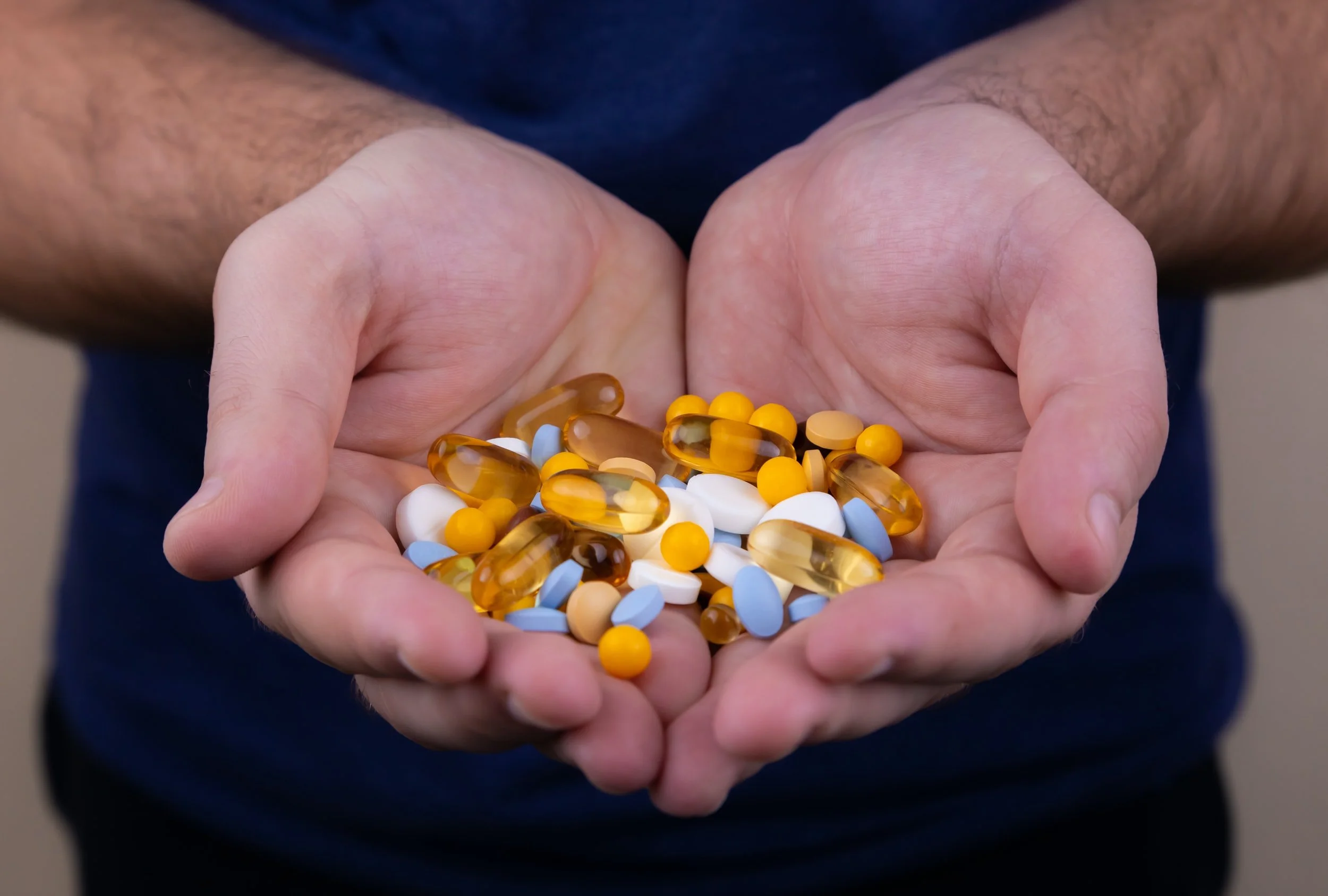Biodiversity Conservation
Every year, hundreds of fascinating projects are developed by iGEMers to face the pressing challenges of our time and innovate for the future. In the Commentators series on iGEM TV, I interview iGEM alumni who are applying their passion and expertise in synthetic biology to highlight a few of those outstanding projects.
I invite you to check out my interview with Maarten Lubbers as we discuss projects from the iGEM 2021 season that focus on biodiversity conservation. These are very different projects using very different approaches by iGEM teams from different continents around the globe. Maarten and I discussed these projects before the 2021 Jamboree took place, and it is exciting to see how these projects came together and to celebrate the accomplishments of the teams:
P.L.A.N.T.
Bielefeld-CeBiTec (Germany) developed an inexpensive and adaptable plant-based detection system to locate buried chemical weapons left behind from past wars.
Gold Medalist, Nominee Best New Application Project, Nominee Best New Basic Part, Top 10, Overgrad Division.
Maarten’s commentary: “This is a very specific project, which is what I like. There are many contaminated sites in Germany and Belgium who fought so much in the first and second world wars, and this project is a very creative and exciting way to solve the problem of detecting contamination.”
Explore this Project: Website | Presentation
Artificial LAL
GreatBay_United (China) – created an engineered bacterial strain to provide an alternative source for Limulus amebocyte lysate, a critical component from Horseshoe crabs that is used to ensure drug and medical device safety for millions of patients every year.
Gold Medalist, Nominee Best Sustainable Development Impact, Nominee Best Education, High School Division.
Maarten’s commentary: “I had fun learning about this project because horseshoe crabs were one of my favorite animals when I was a little kid. What I like about this project is that they are working on bacterial detection systems, and also working on conservation biology for these horseshoe crabs that are so important to ecology.”
Explore this Project: Website | Presentation
Let it Bee
USP-Brazil (Brazil) – developed a transgenic plant with an enzyme capable of metabolizing the pesticides that accumulate in its’ pollen as a means to promote more sustainable agriculture while protecting bees.
Gold Medalist, Winner Best Plant Synthetic Biology, Nominee Best Environment Project, Nominee Best Integrated Human Practices, Nominee Best Education, Nominee Best New Composite Part, Top 10, Overgrad Division.
Maarten’s commentary: “This is one of the funniest videos I’ve seen. It’s very brave humor; I like it. It’s also a very relevant project, where they are trying on the one hand to protect crops against insects and on the other hand wanting to maintain healthy populations of native non-invasive species.”
Explore this Project: Website | Presentation
Knaptime is Over
Lethbridge_HS (Canada) – designed an RNAi-based herbicide targeting Spotted Knapweed that avoids the use of chemical controls that could indirectly harm or negatively affect a handler or surrounding wildlife.
Gold Medalist, Nominee Best Wiki, Nominee Best Presentation, High School Division.
Maarten’s commentary: “This is a great way to try to reduce the population of these invasive Knapweed plants. I think it is a very novel approach this iGEM team has developed to target these exotic species very specifically.”
Explore this Project: Website | Presentation
I hope you enjoy learning about these amazing iGEM projects on biodiversity conservation that show the power of synthetic biology to help solve one of the greatest issues of our time. Be sure to check out iGEM TV to discover more stories and adventures of iGEMers as we push the boundaries of synthetic biology to solve local problems and global challenges everywhere in the world.
Cover photo by Alenka Skvarc on Unsplash











